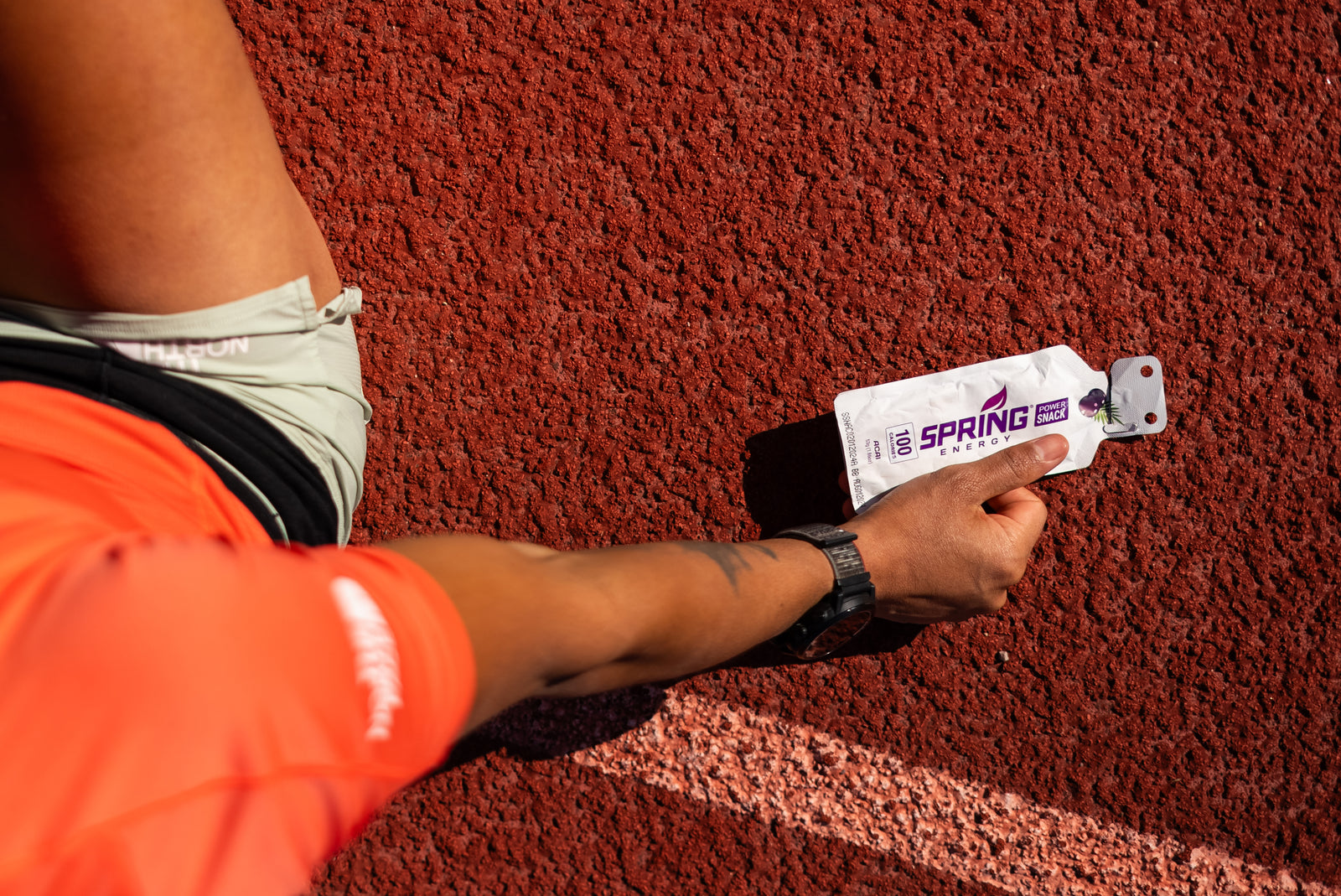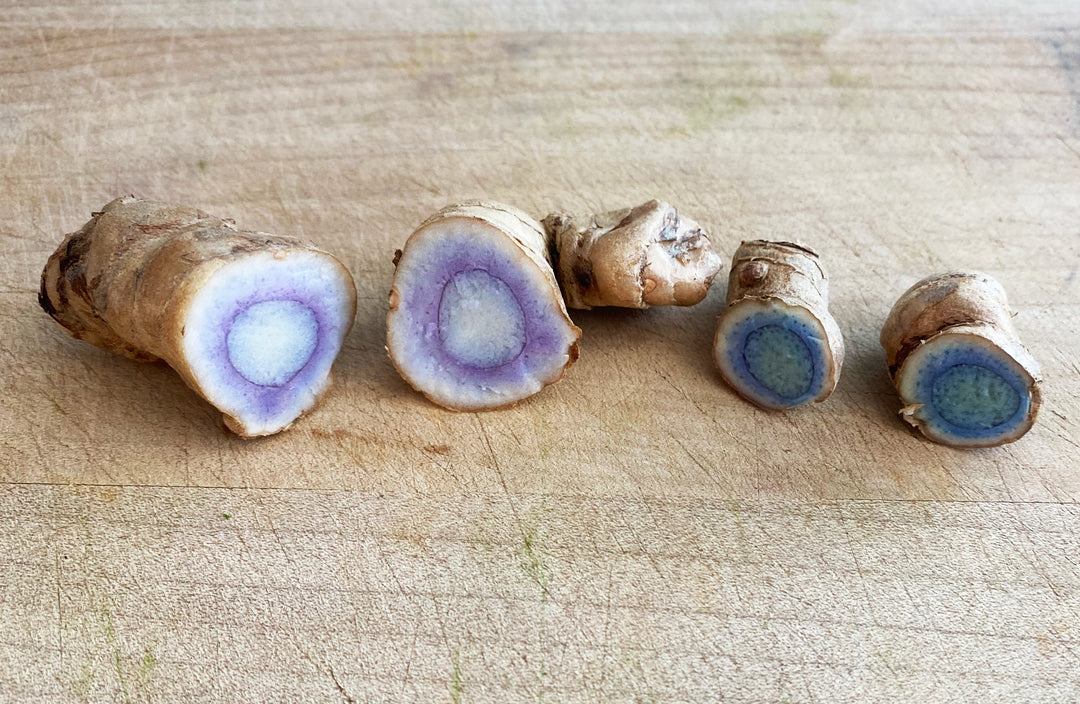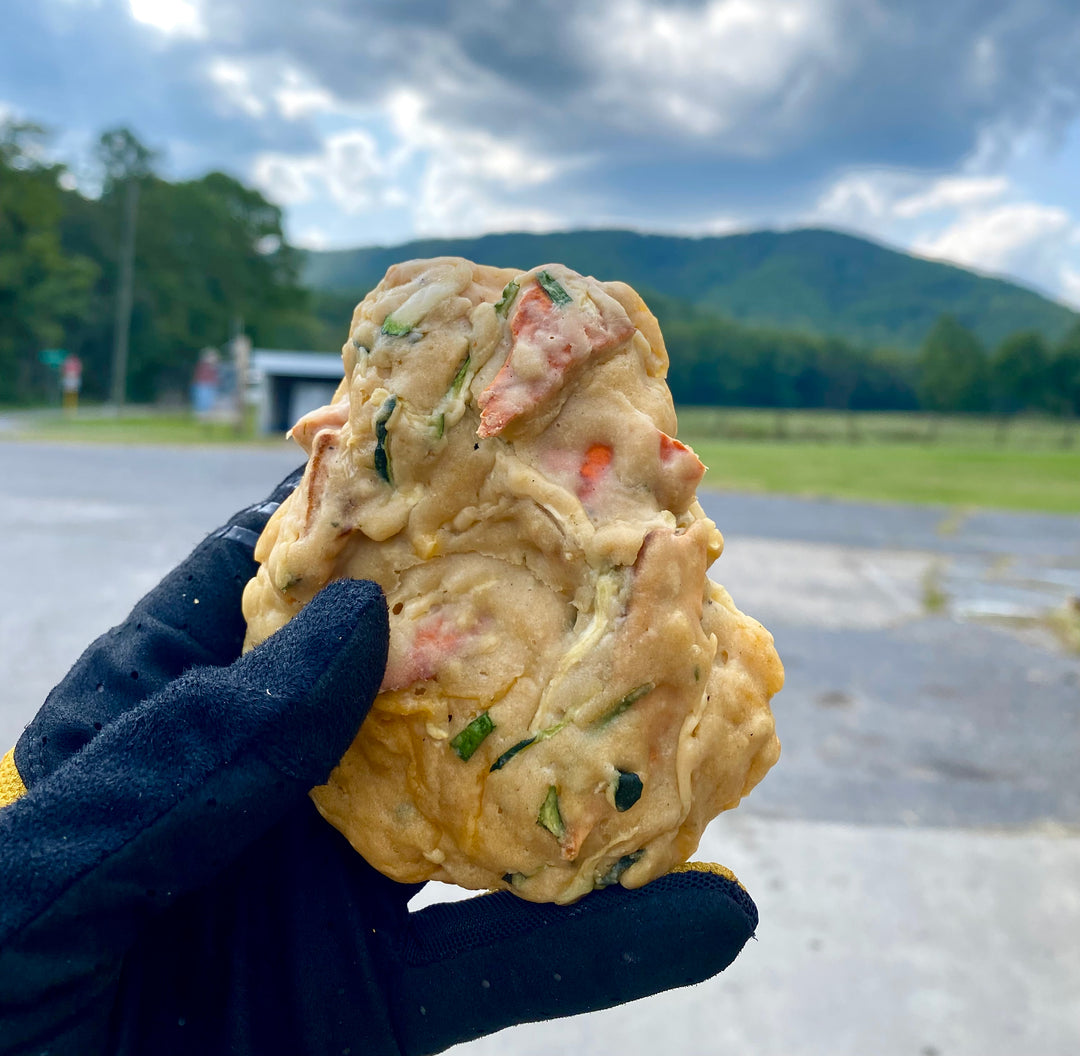Striking balance between heaven and hell. How acai can help.

by Rafal Nazarewicz
From a metabolic and physiological perspective, physical activity and training are complex processes that trigger a wide array of changes and adaptations within the body, aimed at improving efficiency, endurance, strength, and overall fitness. Oxidative stress and inflammation, among other signals, mediate those changes in our bodies in response to training. Both of them play a dual role; on one side, they promote training adaptation, on the other hand, when excessive, cause damage and unwanted results such as pain, exhaustion and injuries. Thus a perfect level of inflammation and balance between oxidative stress and antioxidative defense needs to be kept in order to achieve progress in training.
Proper nutrition, adequate rest, and recovery strategies are vital in managing inflammation effectively. They help to ensure muscle adaptation and recovery without negative outcomes.
Oxidative stress occurs when there is an imbalance between the production of free radicals and the body's ability to counter their harmful effects with antioxidants. Free radicals are highly reactive molecules with unpaired electrons. These unpaired electrons react with cellular content (proteins, fats, DNA, and other molecules), causing their damage in a chain reaction. Antioxidants and antioxidative enzymes are capable of stopping this chain reaction by neutralizing unpaired electrons. In case when the antioxidative defense is overwhelmed, free radicals can cause substantial tissue damage, leading to pain (remember those pains and aches after a too hard workouts - those are free radicals in action not as commonly believed lactic acid), inflammation, and injuries. While often perceived negatively, oxidative stress plays a pivotal role in training and athletic performance. During exercise, increased oxygen consumption accelerates the production of free radicals that frequently overwhelm our defense systems, leading to oxidative stress. This stress signals the body to adapt, triggering mechanisms that enhance the body's antioxidant defenses and improve muscle endurance and strength. It acts as a critical stimulus for training adaptation, helping athletes to become more resilient and perform better over time. In essence, a controlled amount of oxidative stress induced by exercise is necessary for the body to adapt and enhance its capacity to handle more intense workouts, making it an essential element in the progression and improvement of athletic performance. Studies have shown that athletes have higher levels of antioxidative enzymes, proteins that are capable of neutralizing free radicals (7). As those adaptive changes accumulate over time, athletes become resilient to exercise induced stress.

Inflammation is another piece of the complex puzzle leading to adaptation. It plays a dual role in physical activity, serving as both a critical response to exercise-induced muscle damage and a necessary component of the muscle repair and strengthening process. When muscles are subjected to stress during physical activity, especially during high-intensity or unfamiliar exercises, microscopic damage occurs to muscle fibers, triggering an inflammatory response. This response is characterized by the activation of immune cells and the release of cytokines and other inflammatory mediators to the damaged area, which helps in clearing debris and facilitating the repair process.
This acute inflammatory response is essential for muscle healing and growth. It signals the body to repair damaged muscle fibers, leading to muscle adaptation and strengthening over time. This process is crucial for the improvement of physical fitness and performance, as it enables the muscles to withstand greater stress in future workouts. Furthermore, the controlled inflammatory process is associated with the removal of cellular debris and the regeneration of tissue, contributing to the overall health and functionality of the muscles. The rebuilding of the muscle is crucial for the process as the new fibers that are built have new metabolic properties, contain enzymes that adjust metabolism to challenges presented during training.
While they play the necessary and positive role, they need to be kept under control. A perfect balance must be struck to progress in training and prevent deteriorative changes, overtraining, and exhaustion.
Proper workload and our diet are among the factors we can easily control. While the antioxidants and anti-inflammatory foods we consume are powerful and can improve our defense, one could raise the question of whether excessive consumption could hamper our training and prevent training adaptation by erasing oxidative stress and eliminating inflammation. Such a possibility exists, however, under normal conditions, it is an unlikely scenario. It is worth noting that such negative effects have been observed in case of excessive antioxidant consumption (vitamin C at the level of 1 gr a day) (4).

Balancing oxidative stress and inflammation with diet
Diet plays an important role in managing both oxidative stress and inflammation. Managing oxidative stress and inflammation with your diet means focusing on foods rich in antioxidants and anti-inflammatory properties, and cutting down on those that trigger inflammation and oxidative stress. Emphasizing a diet rich in antioxidants helps neutralize free radicals, whereas incorporating anti-inflammatory nutrients supports the body's natural inflammation response. Limiting saturated and trans fats, sugars, refined carbohydrates, excessive alcohol, and processed foods is crucial for minimizing inflammation and oxidative damage. Incorporating superfoods with antioxidant properties can improve training outcomes and speed up recovery.
One often foods that show significant antioxidant and anti-inflammatory activity is acai (technically not a berry, because of its appearance called an Acai berry) small, deep purple fruit from the palm tree native to the rainforests of South America (mostly Brazil). Its popularity has surged over the last decade, especially among athletes and health-conscious individuals. This increase in popularity can be attributed to the berry's remarkable nutritional profile, which offers numerous benefits for endurance training.

Açaí, the Superfruit
Açaí berries are often hailed as a superfood, a term that refers to foods with high nutrient or phytochemical content that may confer health benefits, with few negative properties. For açaí, the key lies in its rich antioxidant content, fiber, healthy fats, and low sugar levels, making it an ideal component of an athlete's diet.
Moreover, açaí is a rich source of anthocyanins, a type of antioxidant that contributes to the berry's deep purple color. Cyanidin 3-glucoside, cyanidin 3-rutinoside, quercetin, orientin, and proanthocyanidins are the major polyphenols found in açai. Its biological effects include it being antioxidant with anti-inflammatory activity. Supplementation with quercetin has been shown to lower pain, and muscle damage and accelerate recovery (10,11).
Anthocyanins, a type of flavonoid pigment responsible for the vibrant red, purple, and blue hues in many fruits and vegetables, offer significant benefits for athletes looking to enhance their performance and recovery. They have been shown to have potent antioxidative properties for human cells (6) and protect cell membranes from oxidative stress insults (5) These powerful antioxidants help combat oxidative stress induced by intense physical activity, reducing muscle damage and inflammation, and facilitating quicker recovery times. By neutralizing free radicals, anthocyanins protect against cellular damage and support overall muscle health. Additionally, studies suggest that anthocyanins can improve blood flow and oxygen delivery to muscles, enhancing endurance and reducing fatigue during prolonged exercise. This improved circulation also contributes to better nutrient delivery and waste removal from muscle tissues, further optimizing athletic performance. Incorporating anthocyanin-rich foods like berries, cherries, and purple grapes into an athlete's diet is a natural and effective strategy to boost recovery, improve endurance, and maintain peak physical condition.

Benefits for Athletes
Studies conducted on cyclists showed that frequent Acai consumption increased performance by limiting oxidative stress and inflammation and increased energy output (1,2). Acai supplementation was also shown to improve effort tolerance. Anthocyanins present in acai fruit can attenuate exercise-induced metabolic stress (3). Researchers also noted that Acai increased nitric oxide production in the vasculature, an important signaling molecule that relaxes microvessels. This improves muscle blood flow, enables better oxygen transport to the muscle, improves oxygenation, and consequently improves work output (2). Nitric oxide has been shown to improve physical performance by up to 3-5%, a rarely seen phenomenon induced by diet.
The high antioxidant content in açaí can help reduce muscle inflammation and speed up recovery times following intense endurance activities. Antioxidants neutralize free radicals produced during prolonged exercise, thereby preventing cell damage and promoting faster muscle repair.
Açaí's healthy fats, particularly omega-9 (oleic acid) and omega-6 (linoleic acid), are beneficial for cardiovascular health, improve insulin sensitivity, and lower inflammation (8,9) These fats help improve cholesterol levels by increasing HDL (good) cholesterol and reducing LDL (bad) cholesterol. For endurance athletes, a healthy heart is crucial for performance, as it ensures efficient blood circulation and oxygen delivery to the muscles.
For endurance athletes, açaí offers a plethora of benefits that make it an excellent addition to their diet. Its unique nutritional profile supports recovery, energy levels, and cardiovascular health, all of which are crucial for optimal performance in endurance sports. While açaí alone is not a miracle cure-all, when combined with a balanced diet and proper training, it can help athletes achieve their performance goals.
References
1. Açai pulp supplementation as a nutritional strategy to prevent oxidative damage, improve oxidative status, and modulate blood lactate of male cyclists.Terrazas SIBM, Galan BSM, De Carvalho FG, Venancio VP, Antunes LMG, Papoti M, Toro MJU, da Costa IF, de Freitas EC.
Eur J Nutr. 2020 Oct;59(7):2985-2995.
2. Fruit-Derived Anthocyanins: Effects on Cycling-Induced Responses and Cycling Performance.
Copetti CLK, Diefenthaeler F, Hansen F, Vieira FGK, Di Pietro PF.
Antioxidants (Basel). 2022 Feb 15;11(2):387.
Carvalho-Peixoto J, Moura MR, Cunha FA, Lollo PC, Monteiro WD, Carvalho LM, Farinatti Pde T.
Appl Physiol Nutr Metab. 2015 Jul;40(7):725-33.
Morrison D, Hughes J, Della Gatta PA, Mason S, Lamon S, Russell AP, Wadley GD.
Free Radic Biol Med. 2015 Dec;89:852-62.
Youdim KA, Martin A, Joseph JA.
Free Radic Biol Med. 2000 Jul 1;29(1):51-60.
6. Bilberry and blueberry anthocyanins act as powerful intracellular antioxidants in mammalian cells.
Bornsek SM, Ziberna L, Polak T, Vanzo A, Ulrih NP, Abram V, Tramer F, Passamonti S.
Food Chem. 2012 Oct 15;134(4):1878-84.
7. Moderate exercise is an antioxidant: upregulation of antioxidant genes by training.
Gomez-Cabrera MC, Domenech E, Viña J.
Free Radic Biol Med. 2008 Jan 15;44(2):126-31. doi: 10.1016/j.freeradbiomed.2007.02.001. Epub 2007 Feb 9.
Finucane OM, Lyons CL, Murphy AM, Reynolds CM, Klinger R, Healy NP, Cooke AA, Coll RC, McAllan L, Nilaweera KN, O'Reilly ME, Tierney AC, Morine MJ, Alcala-Diaz JF, Lopez-Miranda J, O'Connor DP, O'Neill LA, McGillicuddy FC, Roche HM.
Diabetes. 2015 Jun;64(6):2116-28.
9. Modulation of inflammation and immunity by dietary conjugated linoleic acid.
Viladomiu M, Hontecillas R, Bassaganya-Riera J.
Eur J Pharmacol. 2016 Aug 15;785:87-95.
10. Fruit-Derived Polyphenol Supplementation for Athlete Recovery and Performance.
Bowtell J, Kelly V.
Sports Med. 2019 Feb;49(Suppl 1):3-23.
Rojano-Ortega D, Peña-Amaro J, Berral-Aguilar AJ, Berral-de la Rosa FJ.
Biol Sport. 2023 Jul;40(3):813-825.







Leave a comment